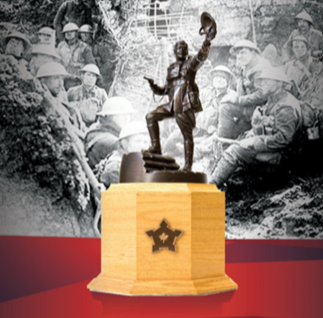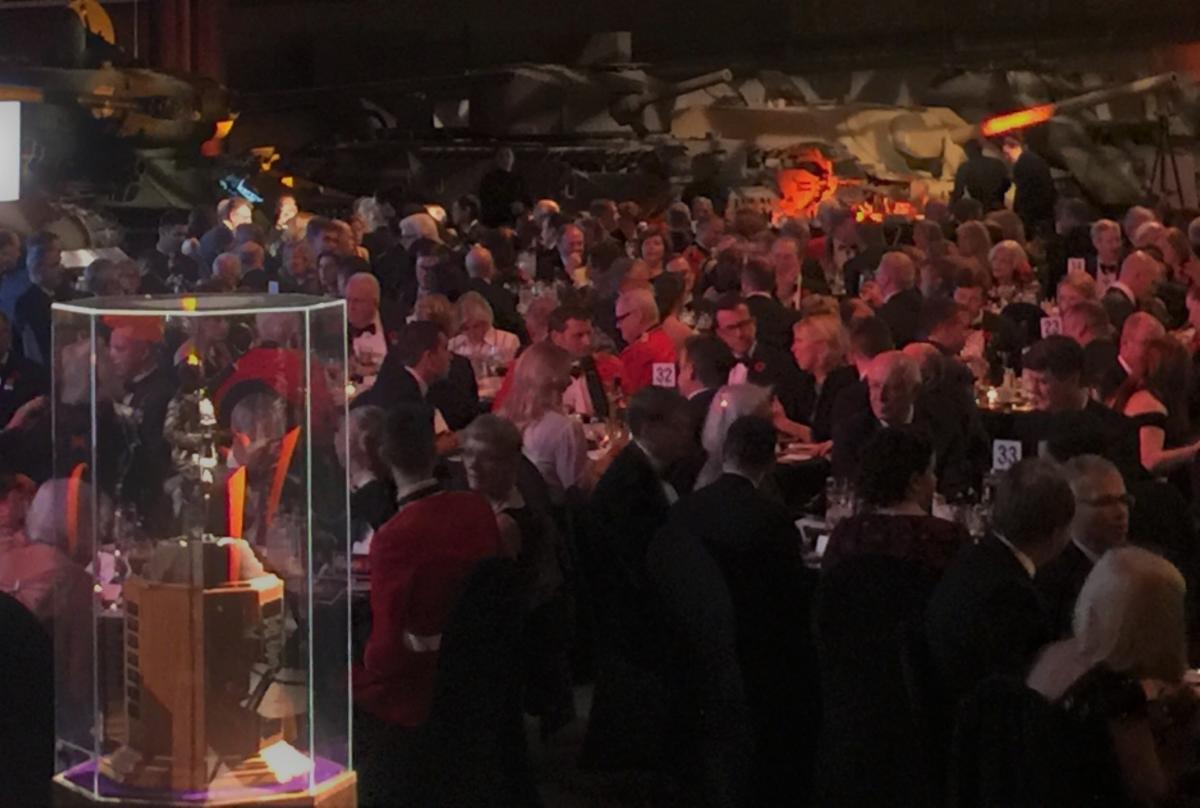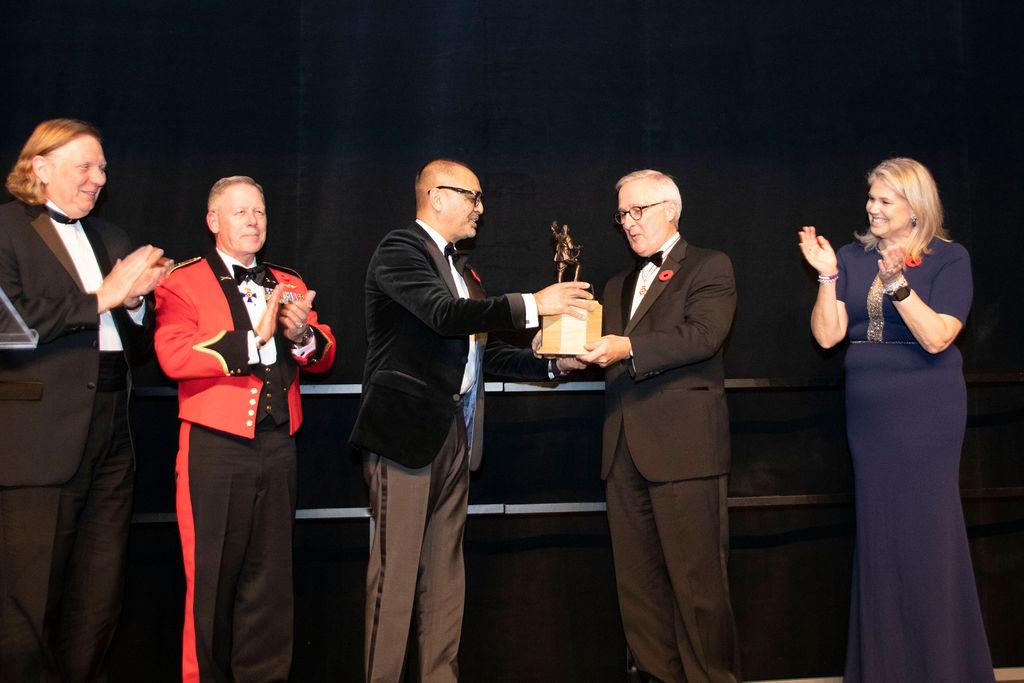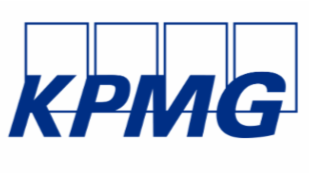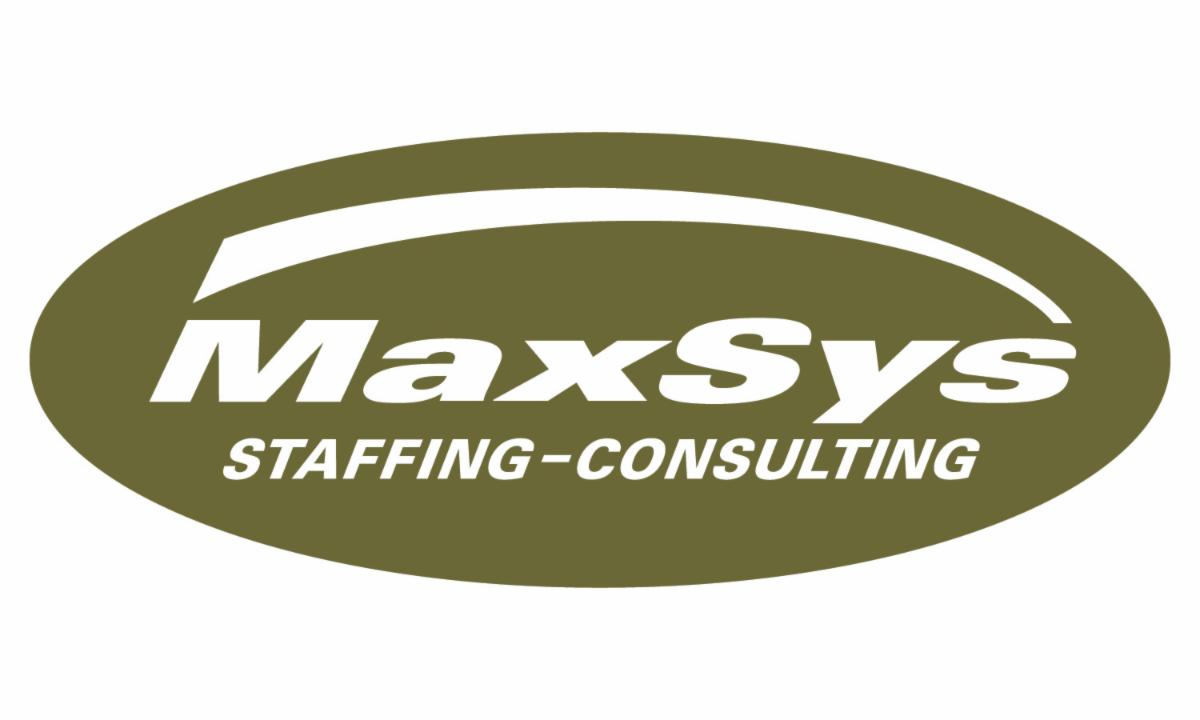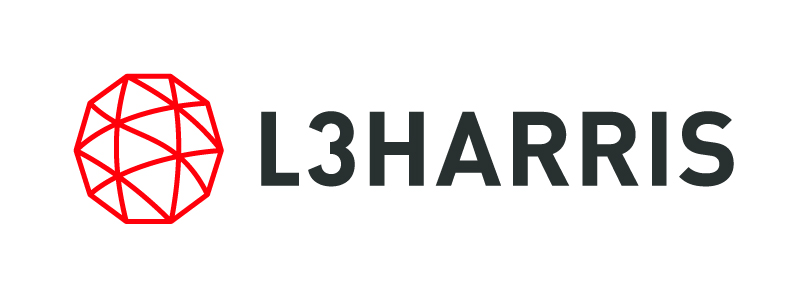February 1, 2018 |
Local,
C4ISR
L3 WESCAM announced on Feb. 1 that it ended the second half of 2017 with more than US$250 million in contracts from military and law enforcement customers for its MX-Series electro-optical/infrared (EO/IR) products and in-service support products and services.
The orders will provide a range of MX imaging and targeting solutions to both experienced MX end users and military customers new to L3 WESCAM products and services.
“For more than 40 years, L3 has been a key supplier of ISR technologies, including sensors and systems, to help military and law enforcement agencies stay on the leading edge as surveillance and reconnaissance missions evolve,” said Jeff Miller, L3's senior vice-president and president of its sensor systems business segment. “We have earned and maintained a very strong reputation for quality, performance, reliability and rapid delivery, having provided more than 4,100 MX surveillance and targeting systems worldwide.”
New platforms, new end-user countries
The demand for L3 WESCAM's ISR technologies continued to grow as systems were sold for the first time into four new countries across four separate continents, including Africa, Europe, Asia and North America.
Additionally, MX-Series systems were purchased for the first time on six significant airborne platforms, including airframes developed in Europe, Japan, Saudi Arabia and Turkey. L3 WESCAM turrets are now operating in over 70 countries on more than 190 different types of platforms across the air, land and maritime domains.
Continued growth for in-service support
L3 continued to experience a growing demand for in-service support contracts from MX customers located across North America, Europe and Asia. To keep operators and maintainers of MX systems operating at maximum efficiency, L3 WESCAM held a series of highly interactive customer conferences in Italy, France, Australia and Canada.
With over 230 MX operators and maintainers in attendance, L3 presented a series of technology sessions, gaining pivotal insight into each customer's direct experience with MX products and a better understanding of future surveillance and targeting requirements.
Complementing these customer-centric user groups, L3's global in-service support infrastructure, composed of 13 service centres staffed by a team of dedicated field service support personnel, continued to provide unmatched maintenance and repair solutions to customers who rely on L3's airborne, land and maritime imaging capabilities 24/7.
L3 WESCAM also conducted a series of new product demonstrations in the latter half of the year that were overwhelmingly successful, underscoring the company's commitment to anticipating customer needs and achieving the highest levels of performance possible. These trials will help to support future business opportunities moving into 2018 and beyond.
L3 WESCAM is a world leader in the design and manufacture of stabilized, multi-spectral imaging systems.
https://www.wescam.com/wp-content/uploads/Final_WESCAM_-second-half-2017-results.pdf


